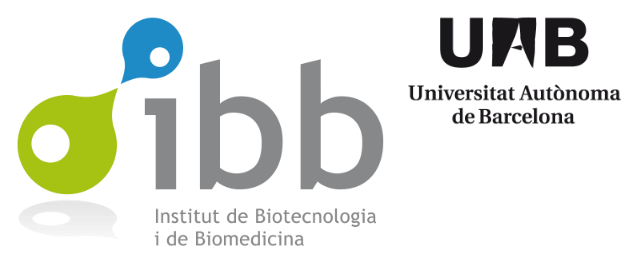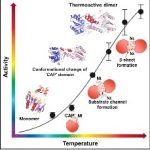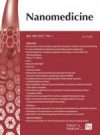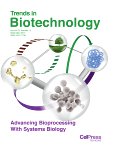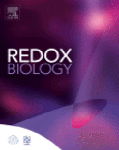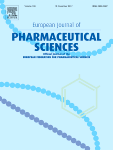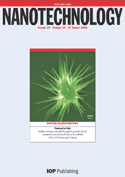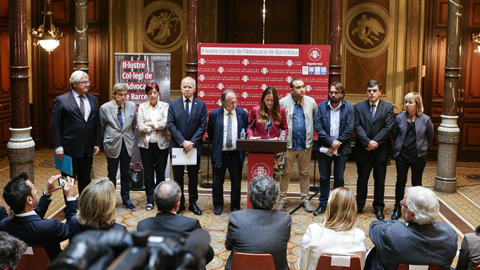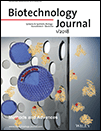
Dr. A. Villaverde: Improving Biomaterials Imaging for Nanotechnology: Rapid Methods for Protein Localization at Ultrastructural Level
http://onlinelibrary.wiley.com/doi/10.1002/biot.201700388/full
Abstract
The preparation of biological samples for electron microscopy is material- and time-consuming because it is often based on long protocols that also may produce artifacts. Protein labeling for transmission electron microscopy (TEM) is such an example, taking several days. However, for protein-based nanotechnology, high resolution imaging techniques are unique and crucial tools for studying the spatial distribution of these molecules, either alone or as components of biomaterials. In this paper, we tested two new short methods of immunolocalization for TEM, and compared them with a standard protocol in qualitative and quantitative approaches by using four protein-based nanoparticles. We reported a significant increas...
